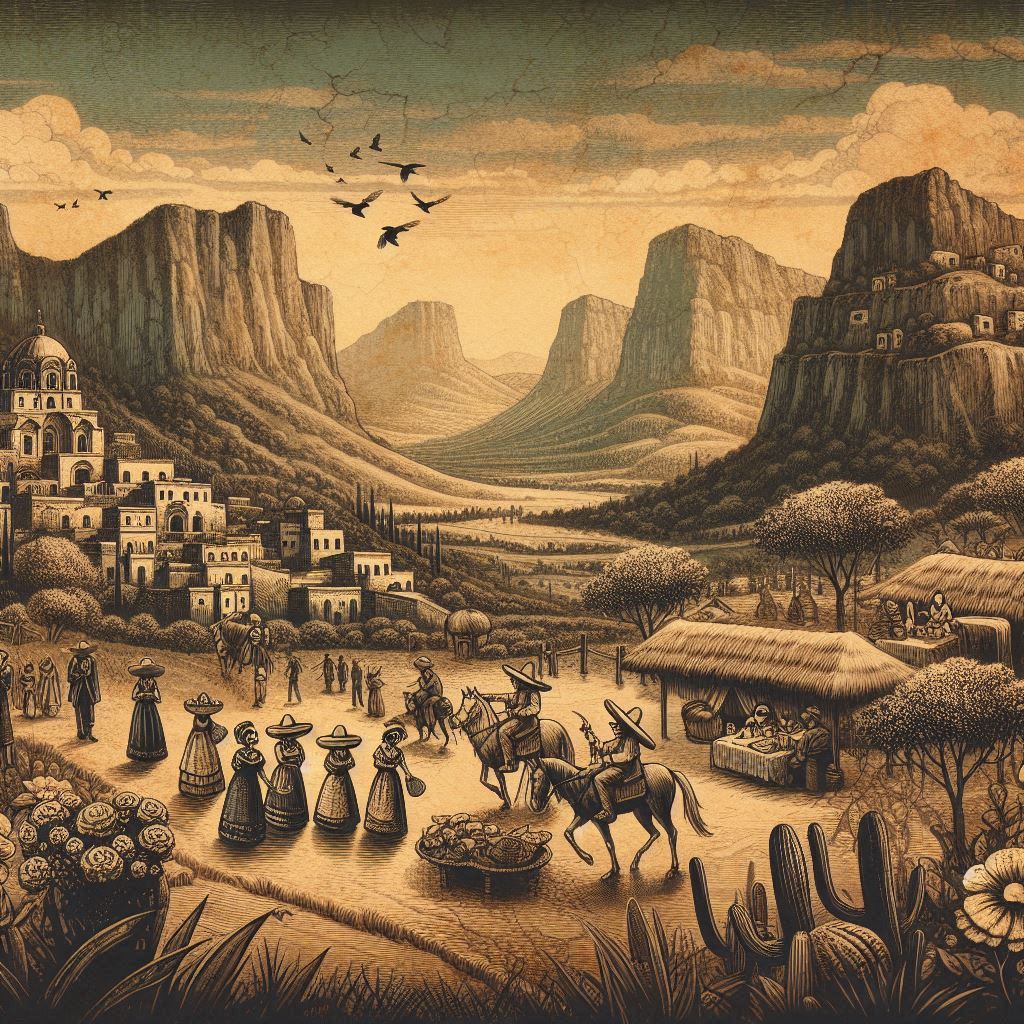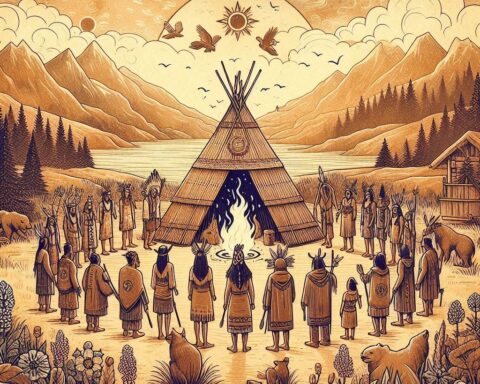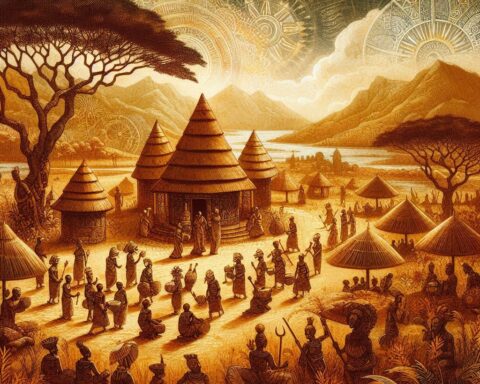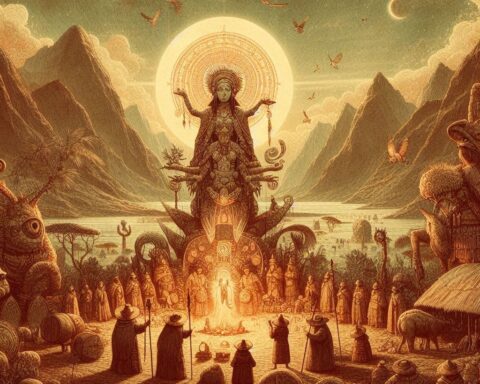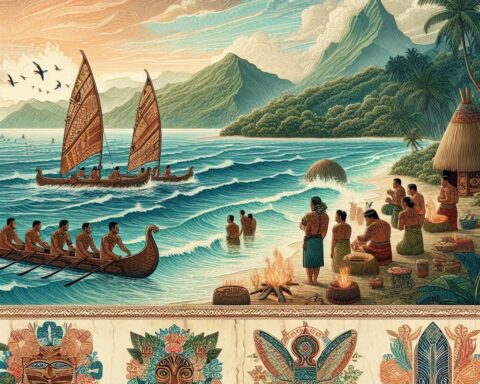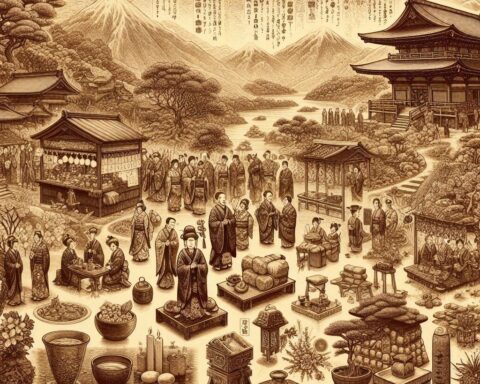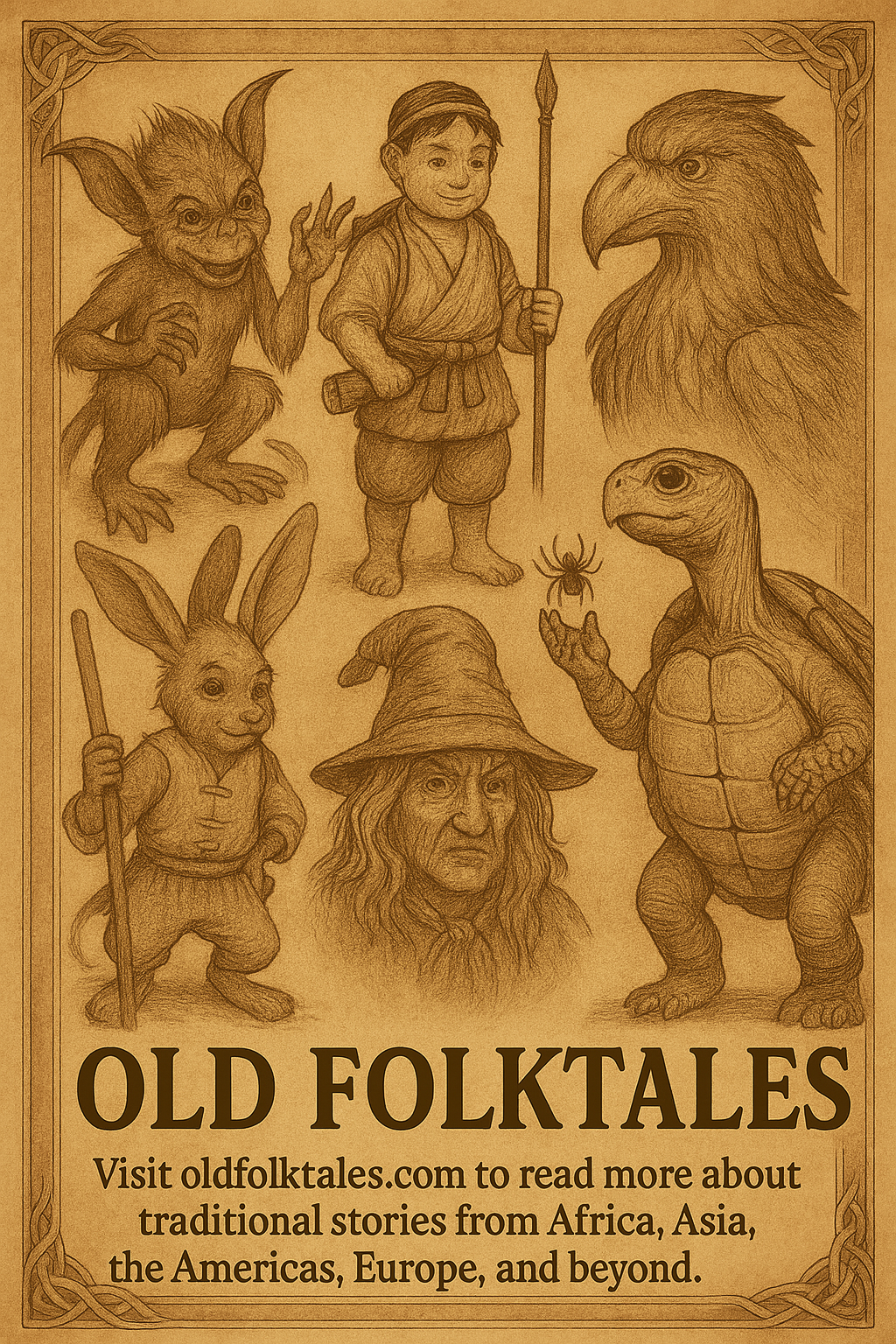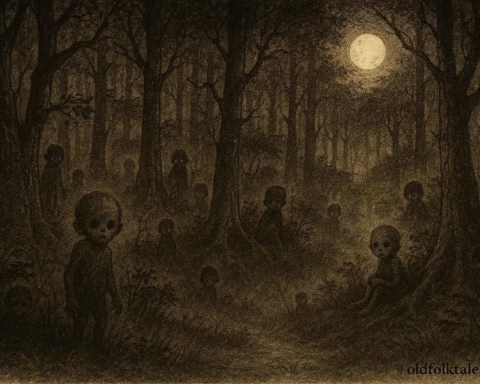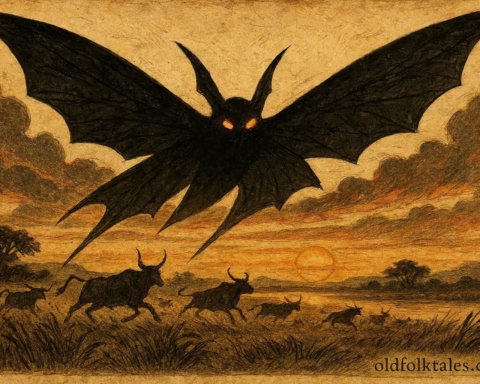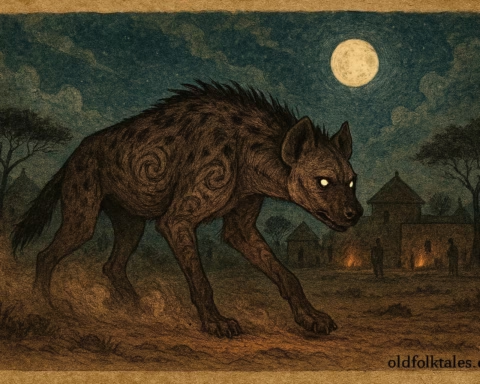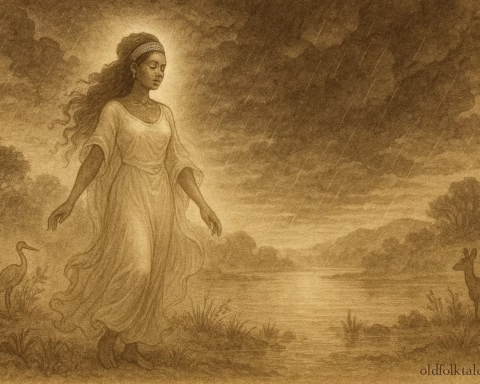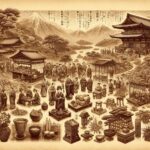In Mexico, death is not an end but a doorway, and Día de los Muertos, the Day of the Dead, is the yearly moment when that doorway opens wide. Every November 1st and 2nd, families welcome the souls of their departed loved ones back to the world of the living with music, food, flowers, and light.
Far from somber, the Day of the Dead is a celebration steeped in joy and memory. Its origins are a blend of ancient Aztec rituals, Spanish Catholic observances, and local folk traditions, creating a cultural mosaic that turns mourning into festivity. Here are seven core traditions and the deep symbolism they carry.
1. Building the Ofrenda (Altar)
At the heart of the celebration is the ofrenda, a home or graveside altar layered with offerings: photos, candles, flowers, sugar skulls, and the favorite foods of the deceased. Each element serves a purpose, candles guide spirits home, food nourishes them, and photos recall their earthly form. The ofrenda embodies the belief that remembrance is a form of life.
2. Marigolds: The Flower of the Dead
Bright orange cempasúchil marigolds are known as “flor de muerto.” Their color symbolizes the sun, and their strong fragrance is believed to lead spirits back to their families. In Aztec tradition, marigolds were sacred to Mictecacihuatl, the goddess of the underworld. Pathways of petals are often laid from the street to the altar, guiding the dead like a golden trail.
3. Calaveras and Calacas (Skulls and Skeletons)
Sugar skulls (calaveras) and figurines (calacas) are everywhere during the Day of the Dead. They are often decorated in bright patterns and smiles, reflecting the belief that death is not to be feared but embraced as part of the life cycle. The Aztecs saw skulls as symbols of rebirth; modern Mexicans transform them into playful art to show that love and laughter outlast the grave.
4. Pan de Muerto (Bread of the Dead)
This sweet bread, topped with bone-shaped decorations and dusted with sugar, is baked specifically for the occasion. Its round shape represents the cycle of life and death, while the bones and skull shapes remind participants of their ancestors. Sharing pan de muerto is a communal act, nourishment for both body and memory.
5. Papel Picado (Cut Paper Banners)
Colorful tissue-paper banners flutter over streets, altars, and cemeteries. The intricate cutouts often depict skeletons, flowers, or sacred images. Papel picado represents the fragility of life, thin, beautiful, and easily torn, yet also the endurance of joy that decorates even our endings.
6. Nighttime Cemetery Vigils
Families gather at cemeteries to clean and decorate graves, often staying through the night. They light candles, play music, tell stories, and share food as they “visit” with the dead. In rural villages, the cemetery becomes a living space, a meeting ground for two worlds, showing that death does not end relationships, it only changes their form.
7. The La Catrina Figure
La Catrina, a tall, elegantly dressed skeleton in a wide-brimmed hat, is an icon of the Day of the Dead. Created by illustrator José Guadalupe Posada in the early 20th century, she satirized the wealthy who ignored their mortality. Today, she symbolizes the universality of death: rich or poor, we all share the same fate, and it is better to face it with grace and humor.
Origins of the Day of the Dead
The roots of Día de los Muertos stretch back over 3,000 years to the Aztec empire, where death was honored with month-long festivals dedicated to the goddess Mictecacihuatl. When Spanish colonizers brought Catholicism, these rituals merged with All Saints’ Day and All Souls’ Day on November 1st and 2nd.
This blending created a unique festival where Catholic prayers and Indigenous offerings coexist. Today, UNESCO recognizes the Day of the Dead as an Intangible Cultural Heritage of Humanity, a living tradition that keeps ancestral memory alive.
Knowledge Check
Q1: What is the purpose of the marigolds in Day of the Dead celebrations?
A1: Their color and scent guide the spirits back to the living.
Q2: What does pan de muerto symbolize?
A2: The cycle of life and death, with bone-shaped decorations representing ancestors.
Q3: Who is La Catrina, and what does she represent?
A3: A skeletal figure satirizing the wealthy; she symbolizes the universality of death.
Q4: What is placed on an ofrenda and why?
A4: Photos, candles, food, and flowers to welcome and honor the spirits.
Q5: Why are nighttime cemetery vigils significant?
A5: They allow families to reunite symbolically with the dead through prayer, music, and food.
Q6: How did Spanish Catholicism influence the Day of the Dead?
A6: It merged Indigenous death festivals with All Saints’ and All Souls’ Day observances.
Cultural Origin: Mexican tradition blending Aztec rituals with Catholic influences, celebrated nationwide and in Mexican diaspora communities.
